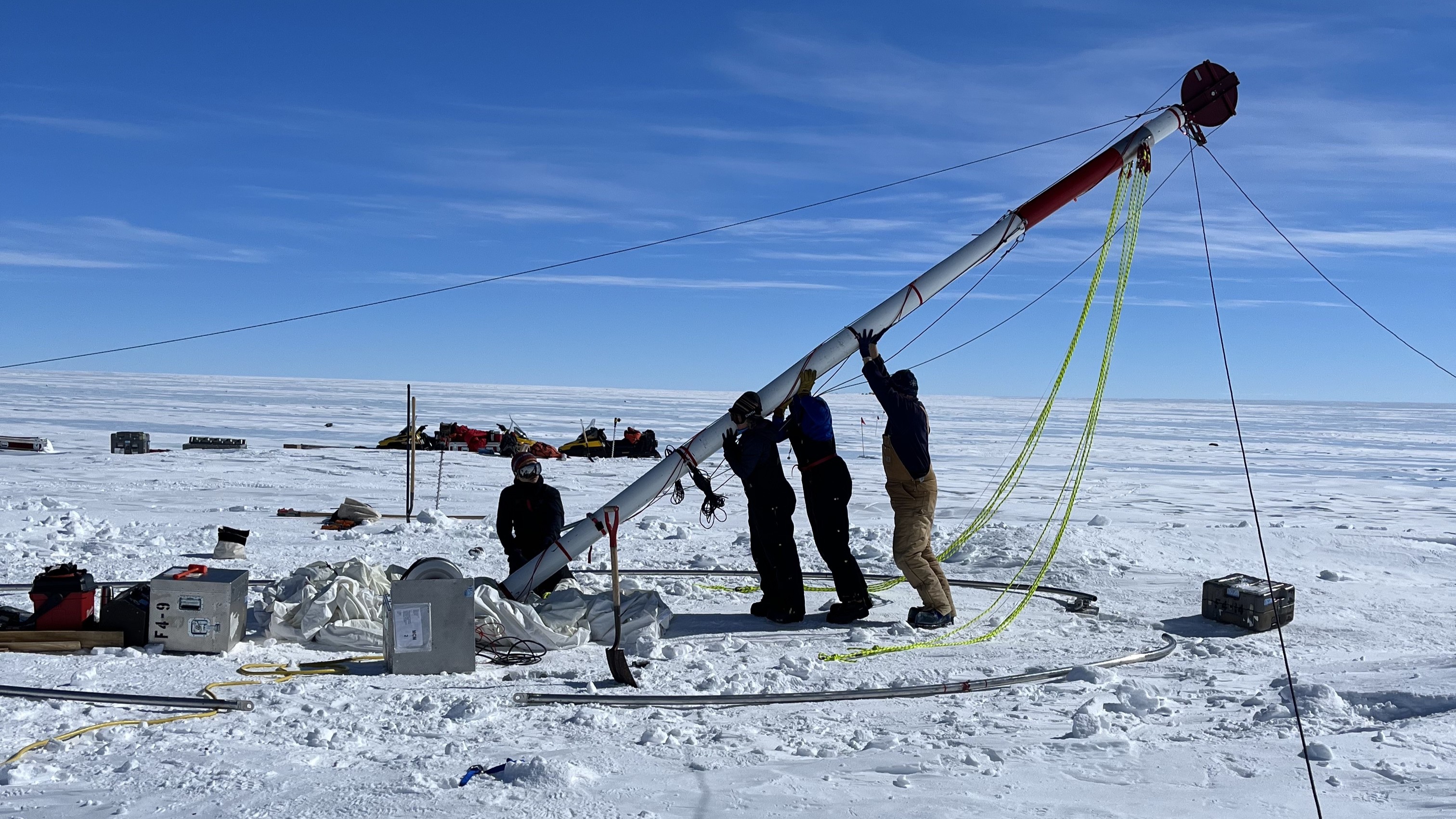US Army Testing Pilotless Black Hawk Helicopter

The U.S. Army is testing an unmanned version of its famous Black Hawk helicopter. The pilotless, 5-ton drone could one day be used to deliver cargo and supplies to troops autonomously.
The so-called Optionally Piloted Black Hawk (OPBH) Demonstrator, built by defense contractor Sikorsky Aircraft Corp., completed its first test flight on March 11. Ground controllers demonstrated crucial flight operations, and engineers tested the aircraft's ability to hover over ground autonomously.
"The autonomous Black Hawk helicopter provides the commander with the flexibility to determine crewed or un-crewed operations, increasing sorties while maintaining crew rest requirements," Mark Miller, vice president of research and engineering at Sikorsky, said in a statement. [5 Surprising Ways Drones Could Be Used in the Future]
Helicopter drones could also help the Army reduce troop size and lower operational costs, Miller added.
"This allows the crew to focus on the more 'sensitive' operations, and leaves the critical resupply missions for autonomous operations without increasing fleet size or mix," Miller said.
The helicopter is part of Sikorsky's Manned/Unmanned Resupply Aerial Lifter, or MURAL, program. The Connecticut-based aircraft manufacturer has been working on the technology since 2007, and last year, was awarded funding from the Army to expand its research and development efforts.
These technologies are designed to "enhance the capability, affordability, readiness and safety of Department of Defense aviation systems," William Lewis, director of the U.S. Army Aviation Development Directorate, said in a statement.
Get the world’s most fascinating discoveries delivered straight to your inbox.
"The optionally piloted Black Hawk helicopter functionality stands to bring added value to [Department of Defense] aviation systems, through the innovations being tested on the Black Hawk helicopter in the MURAL program," Lewis said.
Sikorsky is incorporating systems and software from its Matrix Technology research program to improve the reliability and safety of autonomous, or optionally piloted, aircraft.
At the core of the company's Matrix Technology program is Sikorsky's Autonomy Research Aircraft (SARA), an unmanned helicopter designed to test cutting-edge drone technologies. The SARA helicopter first flew on July 26, 2013, but continues to be an important platform for testing high-tech systems that require minimal human oversight, according to Sikorsky officials.
"Applying Matrix Technology to an already robust, reliable, and safe platform leverages these capabilities while expanding the system's effectiveness," Miller said.
Follow Denise Chow on Twitter @denisechow. Follow Live Science @livescience, Facebook & Google+. Original article on Live Science.

Denise Chow was the assistant managing editor at Live Science before moving to NBC News as a science reporter, where she focuses on general science and climate change. Before joining the Live Science team in 2013, she spent two years as a staff writer for Space.com, writing about rocket launches and covering NASA's final three space shuttle missions. A Canadian transplant, Denise has a bachelor's degree from the University of Toronto, and a master's degree in journalism from New York University.
